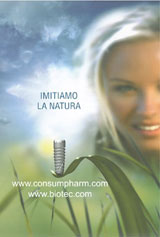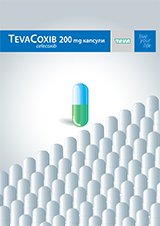Biotechnological Equipment
Advanced search
Article
Biotechnology & Biotechnological Equipment 27 (6), 4276 - 4283 (2013)
http://dx.doi.org/10.5504/BBEQ.2013.0103
AGRICULTURE AND ENVIRONMENTAL BIOTECHNOLOGY
SEASONAL PERFORMANCE OF SEQUENCING BATCH BIOFILM REACTORS AND ECOSYSTEM SEWAGE TREATMENT HYBRID PROCESSES IN SMALL TOWNS OF THE THREE GORGES RESERVOIR AREA IN CHINA
Jian Zhou, Yi Han, Jianbing Zhang, Qiang He, Hongxiang Chai
Chongqing University, Key Laboratory of the Three Gorges Reservoir’s Eco-Environments, Chongqing, P.R. China
Correspondence to: Hongxiang Chai E-mail: chaihx@cqu.edu.cn
Published 18 December 2013
Abstract
fluctuant water quality and water quantity. To develop an efficient low-cost small-town sewage treatment technology, the integration of sequencing batch type bioreactor/ecosystem hybrid treatment process was chosen. In this experiment, the bioreactor unit of the process included a sequencing batch biofilm reactor (SBBR), while the ecosystem unit applied a sequencing constructed wetland (SCW) based on a polyurethane foam filler in a matrix. By changing the operation model, tests were carried out to find the key parameters of the optimal operation model for the sequencing batch type bioreactor/ecosystem hybrid treatment process in different seasons. The experiment was conducted throughout a year of operation after setup. The results showed that when the bio- and ecosystem reactors ran together in combination at a temperature of 15 °C ~ 25 °C in spring and autumn, The final effluent chemical oxygen demand (COD), ammonium nitrogen (NH4+-N), and total nitrogen (TN) concentrations of the hybrid reactors were 48 mg/L, 7 mg/L, and 16 mg/L, respectively, with a corresponding total removal efficiencies of 86 %, 89 %, and 79 %. When the ecosystem reactors ran independently in the temperature range of 25 °C ~ 35 °C in the summer, the effluent COD, NH4+-N, and TN concentrations were 47 mg/L, 7.3 mg/L, and 17.3 mg/L respectively, with a corresponding total removal rate of 84 %, 87 %, and 74 %. The bioreactors and ecosystem reactors ran together in combination at 5 °C ~ 15 °C in the winter and the final COD, NH4+-N, and TN concentrations of the hybrid reactors effluent were, respectively, 54 mg/L, 11 mg/L, and 18 mg/L, with a corresponding total removal of 86 %, 84 %, and 76 %. The research developed an integration of sequencing batch type bioreactor/ecosystem hybrid treatment process with important realistic significance and practical value. The designed operation models are able to be used in guiding practical engineering.
Keywords
sewage treatment; biology; ecology; nitrogen removal; small town; three gorges reservoir


